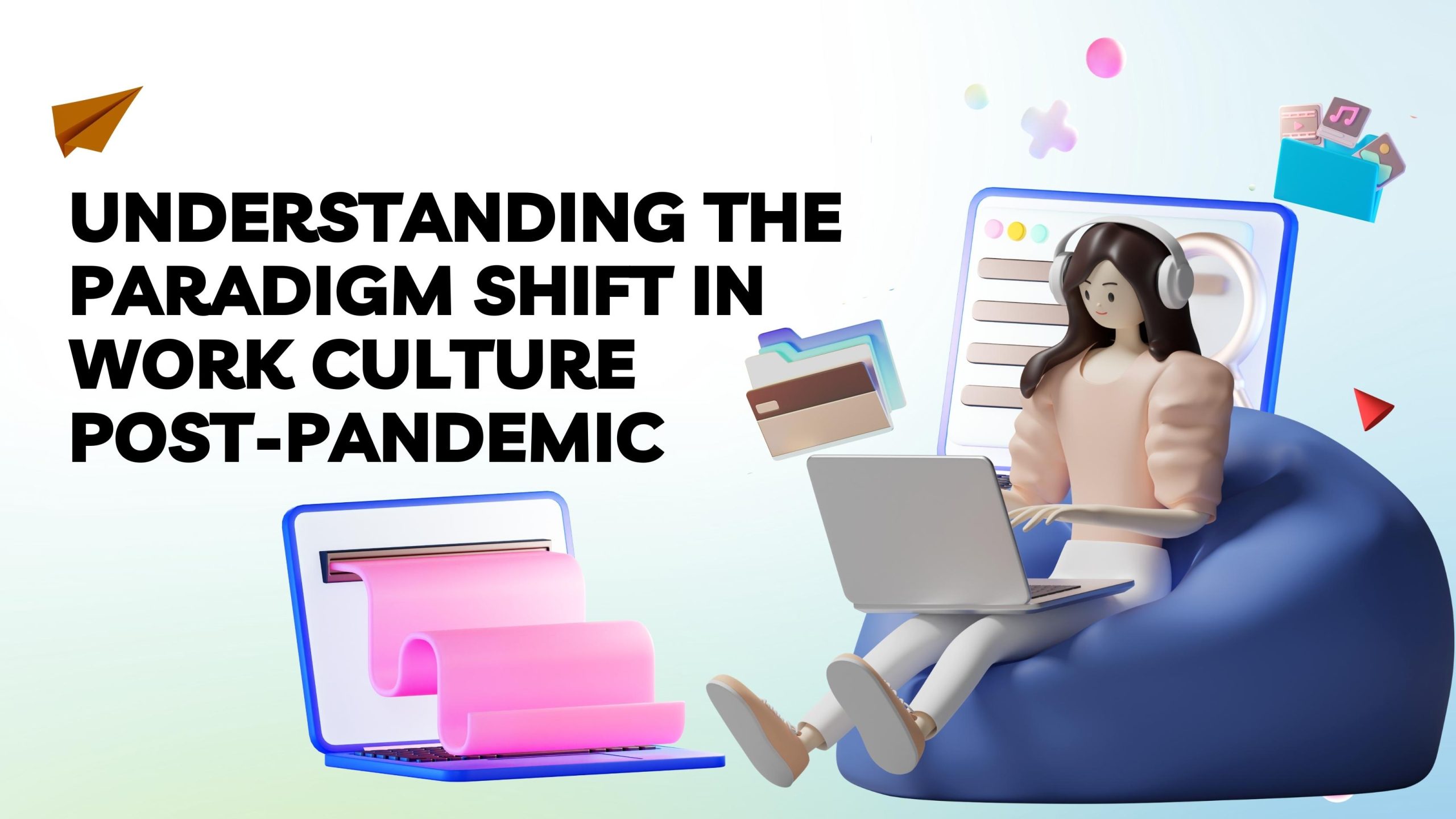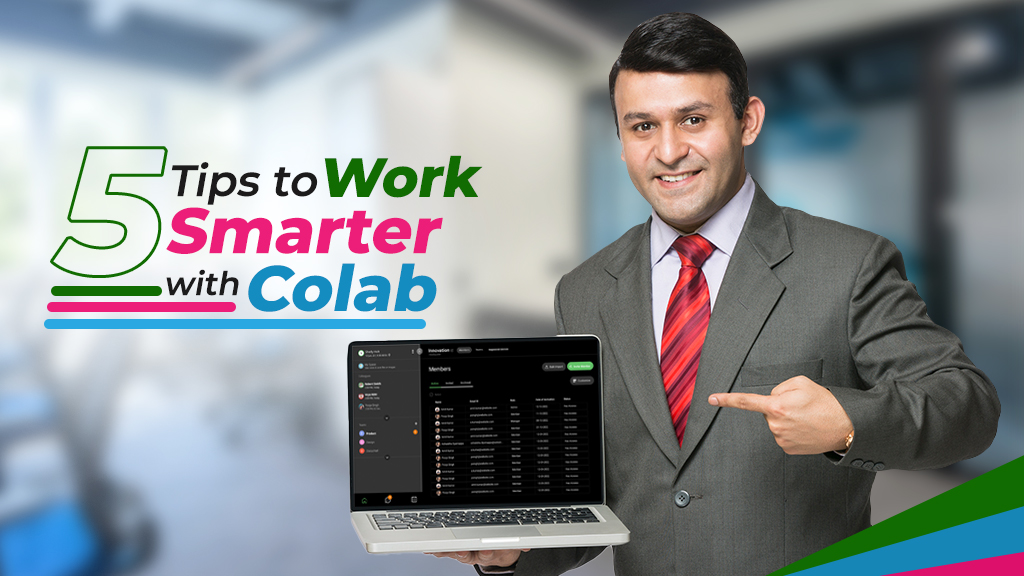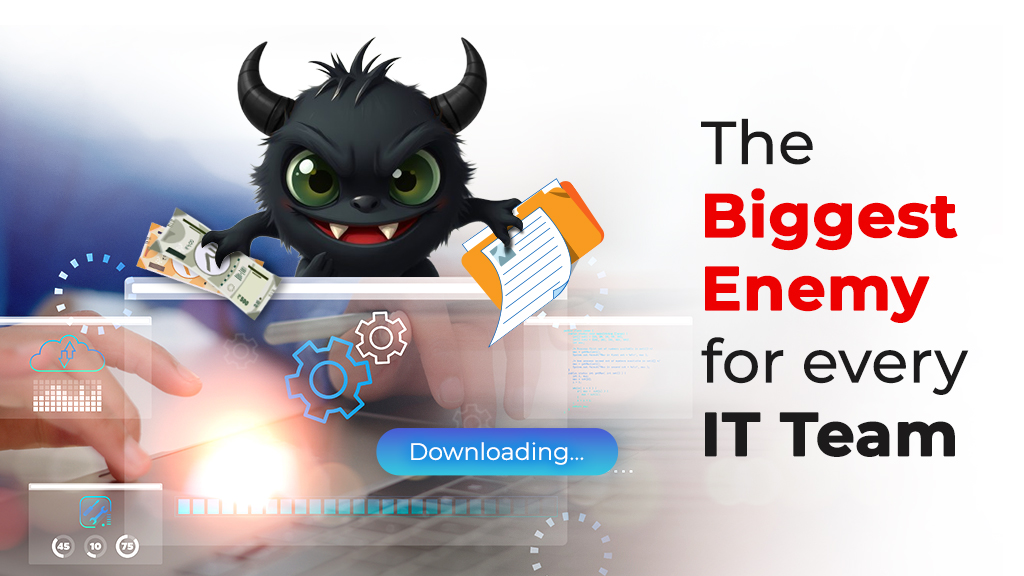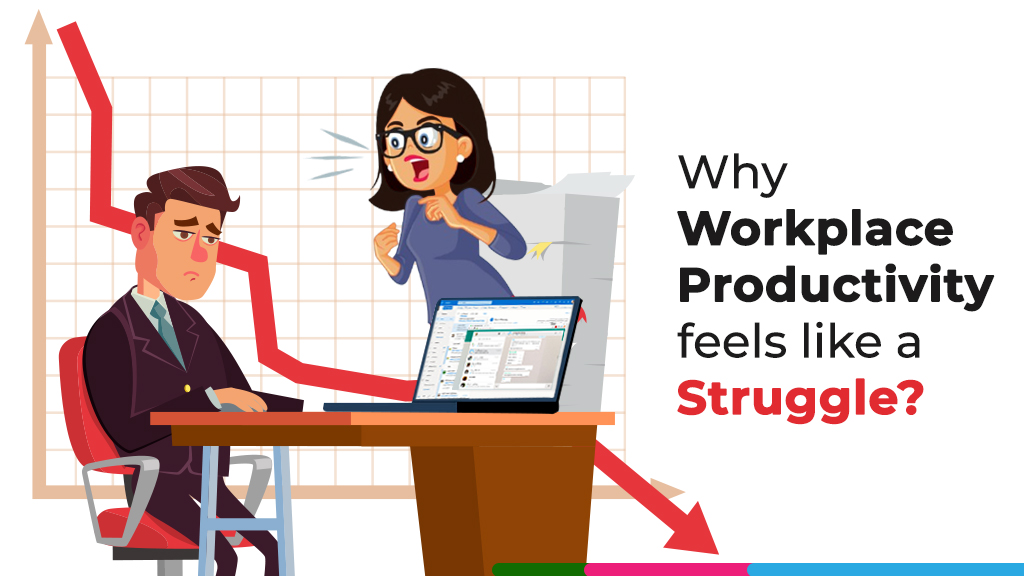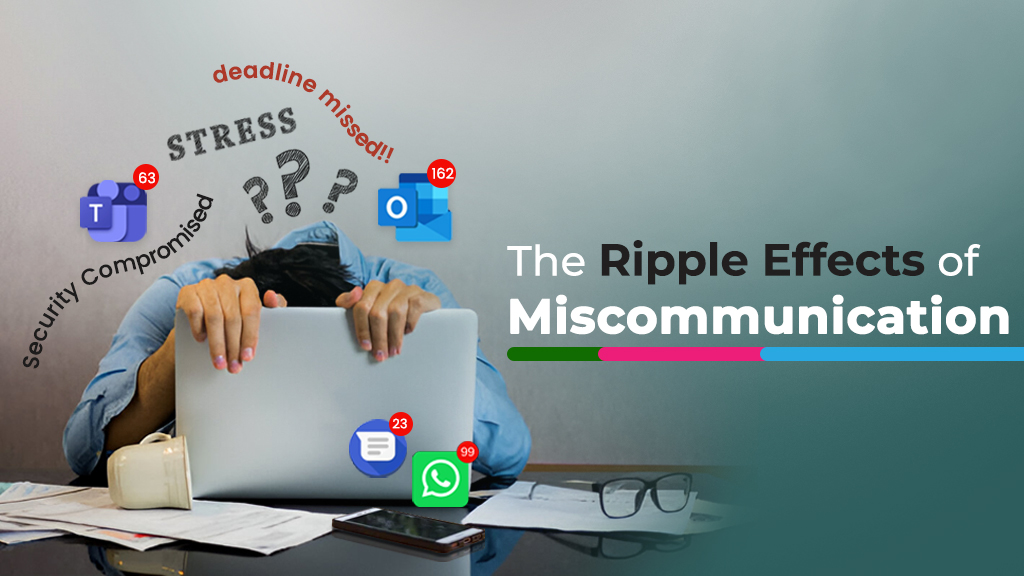Shedding light on the post-pandemic transition
- How the pre and post-pandemic era has brought a change in the work culture
- Understanding a variety of workplace models.
- Risks involved in operating with multiple work models
- How some employers have tried to overcome these risks and challenges to offer a hassle-free multi-model work environment to employees
The onset of the COVID-19 pandemic in early 2020 brought about a monumental shift in the way people work. It became inevitable for the employees as well as for us, the employers, to adopt the remote and hybrid work model.
This may surprise you but the Work from Home scenario was already on the horizon even before the pandemic. According to a report, remote work has grown by 44% over the last five years, and the number of remote workers in the U.S. increased by 159% between 2005 and 2017. Some renowned organizations, particularly in the tech industry, like Zapier, Buffer, and InVision have been in a fully remote mode for several years before the pandemic. Companies like Automattic, the parent company of WordPress, also promoted remote employees since their founding.
While this digital transformation wasn’t a new discovery, it accelerated rapidly just after the pandemic hit us. As a result, remote and hybrid work models became more prevalent, leading to changes in work practices and technologies. Communication and collaboration tools such as Zoom, Slack, and Microsoft Teams became essential in keeping remote teams connected.
This digital transformation did pose certain challenges, like communicating across time zones, socializing virtually, preventing professional isolation, protecting client data, and avoiding slacking. But it offered more than one could ever imagine.
Moreover, the pandemic led to a shift in employee priorities, with a greater emphasis on work-life balance, mental health, and wellness. It brought about a 360-degree transformation in the work culture, leading to new work practices, technologies, and employee expectations. Employers like me could save on real estate costs, hire and utilize talent globally, mitigate immigration issues and experience productivity gains while employees could enjoy geographic flexibility.
In light of this, I would like to elucidate the variety of workplace models, the risks involved, and how organizations can benefit from multiple work modes.
Understanding a variety of workplace models
When the pandemic arrived, all hands of the employers were on deck. Organizations had to iterate their game plan and adapt to a new reality where remote work became inevitable. As a result, several organizations, including mine, were observed to implement new workplace models to ensure business continuity while maintaining social distancing and other health protocols.
However, as the pandemic continued, it became evident that absolute digital transformation could have long-term benefits including greater flexibility, reduced overhead costs, and increased productivity for some employees. Therefore, many companies have decided to embrace these new models and adopt a more hybrid approach to work.
Some of the prominent workplace models that became prevalent post-pandemic are:
Remote work model: Numerous organizations have accepted remote work as a long-term solution. This model involves allowing employees to work from home or any other location outside of the traditional office environment. Remote work has become possible due to the widespread availability of technology and collaboration tools.
Hybrid work model: This model combines remote work with in-person work. Employees are allowed to work remotely part of the time and come to the office for the other part. A hybrid work model allows for flexibility while still maintaining some level of in-person interaction.
‘Flexible work hours’ model: I observed that several companies were inclined towards the adoption of flexible work hours to allow employees to work at their own pace. This prototype involves setting flexible start and end times for work, allowing employees to choose their own work hours, and taking breaks as needed.
Co-working spaces: While co-working spaces came in handy for start-ups and sole business owners even before the pandemic, they gained immense popularity post-pandemic. These spaces offer shared working environments that allow employees from different companies to work in the same space. This model offers flexibility, low cost, and a collaborative environment for employees.
Decentralized workplace: In a decentralized workplace model, employees use digital technologies and communication tools to stay connected with their colleagues, such as video conferencing, messaging apps, and project management software. This model provides employees with greater flexibility and work-life balance, as they can avoid commuting and work in an environment that suits their individual preferences.
Overall, each model has its own advantages and disadvantages, it depends on us to choose the one that best aligns with our business goals and the needs of their employees.
Risks involved in operating with multiple work models
Operating with multiple work models can provide many benefits, such as increased flexibility, improved work-life balance for employees, and potential cost savings for employers. However, there are also several risks and challenges involved in operating with multiple work models. Some of these risks include:
Communication breakdowns: Communication in a remote or hybrid work mode can be challenging when employees work in different locations or have different work schedules. Without proper communication tools and strategies in place, misunderstandings, miscommunications, and delays can occur, leading to decreased productivity and missed deadlines.
Inconsistent work quality: When employees work under different models, it can be challenging to ensure consistent work quality and adherence to company standards. Lack of standardization can lead to confusion, errors, and customer dissatisfaction.
Security risks: With employees working from various locations and devices, the risk of cybersecurity breaches increases. Confidential information may be exposed, stolen, or compromised, leading to reputational damage and financial losses.
Difficulty in managing remote employees: Managing remote employees requires a different set of skills and strategies than managing in-office employees. Without proper management, remote workers can become disengaged, feel isolated, and lack direction.
Legal and compliance risks: Operating with multiple work models may pose legal and compliance risks, such as failure to comply with labor laws, tax laws, and regulations specific to each working model.
Operating with multiple work models offer a plethora of benefits, but it also involves risks and challenges. Organizations must carefully consider the risks and develop strategies to mitigate them to ensure that employees remain engaged, productive, and aligned with the company’s goals and values.
Measures taken by employers to mitigate these risks and offer a hassle-free multi-model work environment to employees
Employers have recognized the potential risks and challenges associated with a multi-model work environment, including decreased productivity, reduced collaboration, and poor work-life balance. To overcome these challenges and create a hassle-free work environment, employers have implemented several strategies.
- Implementing flexible scheduling options, such as part-time work and job-sharing, enabling employees to manage their work and personal responsibilities more effectively.
- Introducing remote work arrangements to provide employees with the flexibility to work from anywhere, allowing them to balance their work and personal commitments.
- Investing in technology to facilitate seamless communication and collaboration, including tools like video conferencing, messaging apps, and project management software.
- Providing training and support to employees to help them adapt to new work environments and technologies, including training on cybersecurity and remote work best practices.
- Establishing clear communication channels to keep employees informed about changes to work arrangements, company policies, and other important information.
Employers have sought feedback from employees to understand their concerns and suggestions for improving the multi-model work environment, which has helped them to address issues quickly and make improvements where necessary. Overall, by implementing these strategies, employers can create a hassle-free multi-model work environment that benefits both employees and the organization.

